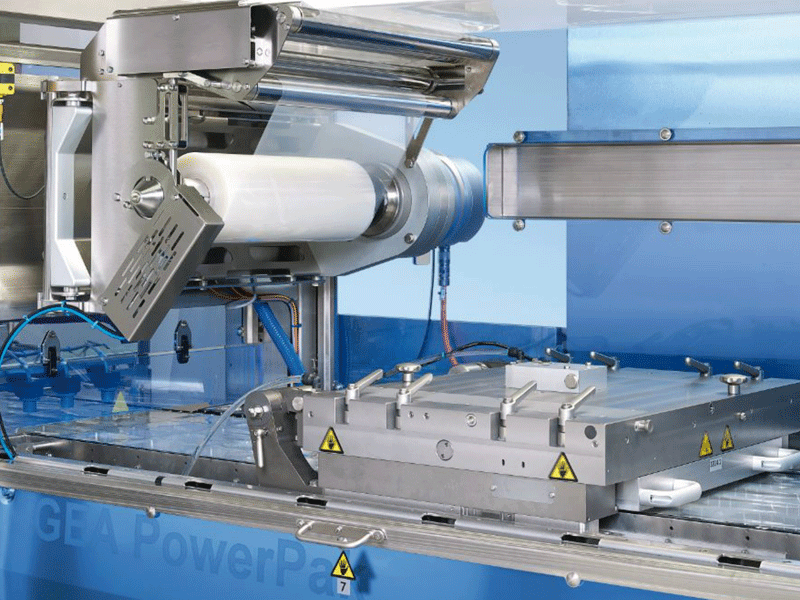GEA introduces PowerPak PLUS thermoforming packaging machine

GEA has introduced its new thermoforming packaging machine, the GEA PowerPak PLUS, which it says guarantees greater process reliability and reduced resource consumption during the packaging of fresh products.
ALREADY A REGISTERED USER? SIGN IN now
Subscribe (for free) to read this article
Become a subscriber to read this story, as well as other exclusive articles and interviews. The process is entirely free and takes no time at all.





